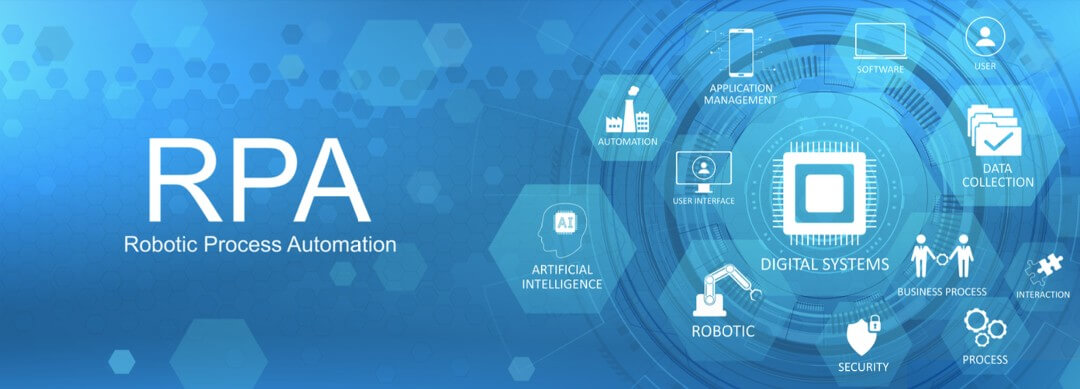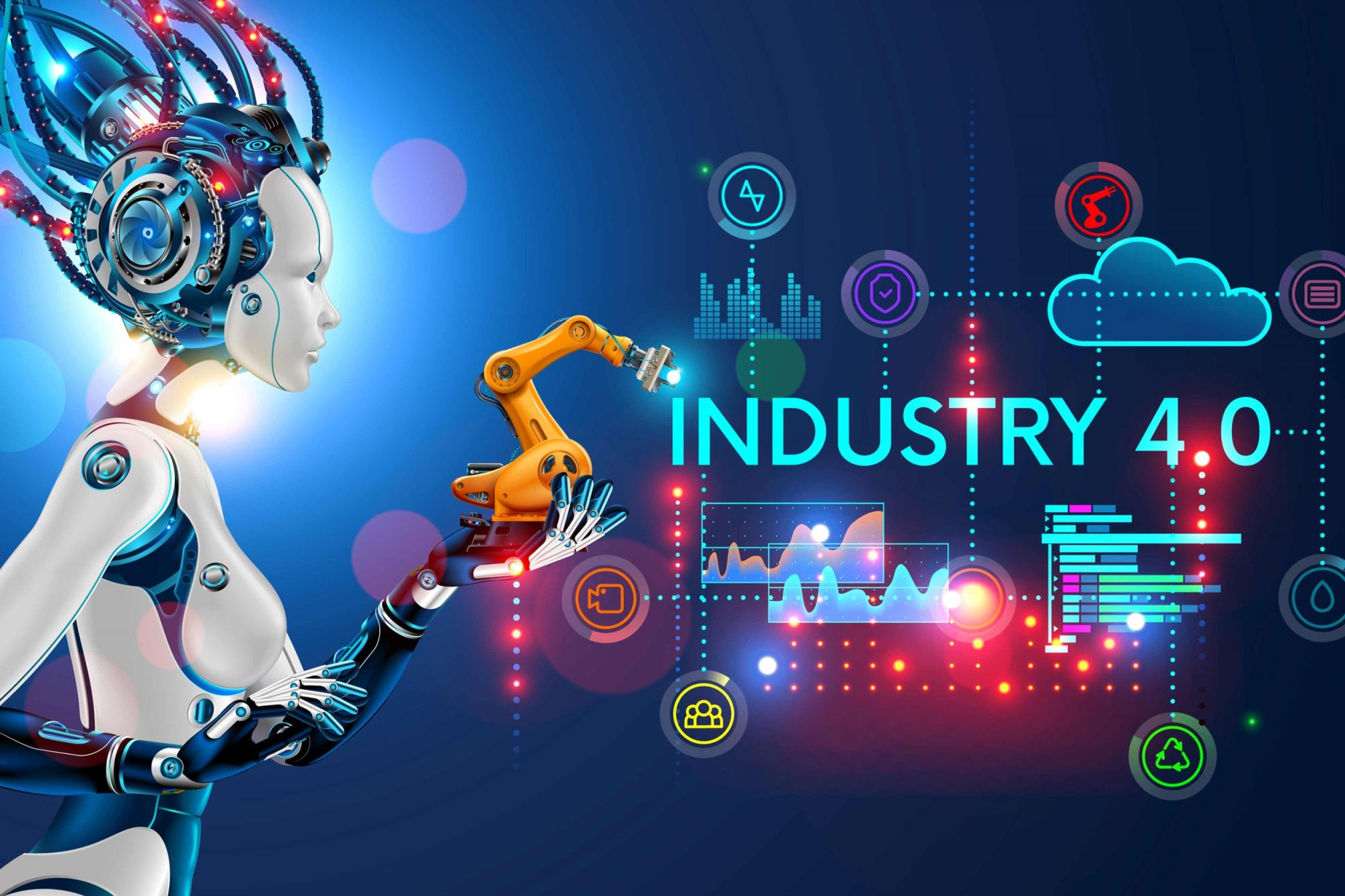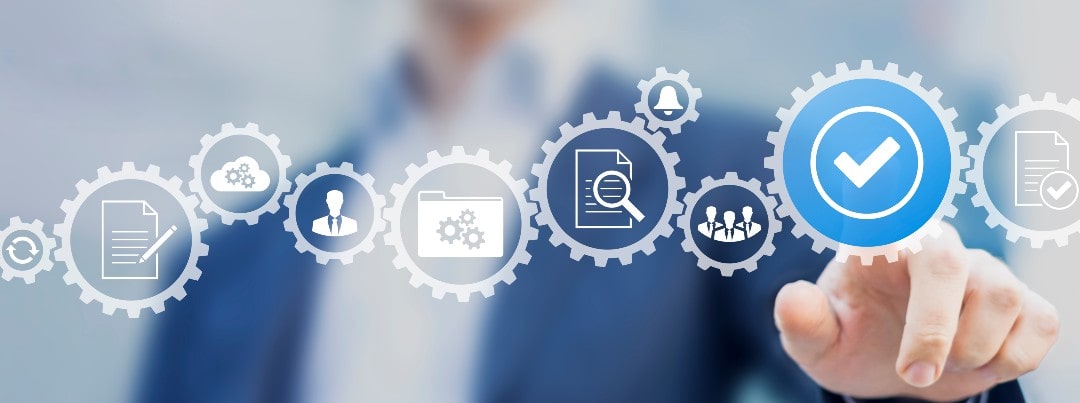Industry 4.0 demands digital transformation. Enterprises that seek to reap the benefits of the new digital-enabled world have to shed their legacy systems and embrace new digital technology. With multiple new technologies ruling the roost, successful digital transformation depends on convergence.
Robotic Process Automation (RPA), Data Analytics, and Artificial Intelligence (AI) are the three red-hot technologies in vogue today. These technologies offer tremendous potential but are also very costly and disruptive. Deploying these technologies haphazardly, without a plan, rarely yields substantial benefits. Instead, it may suck in resources without realising the enterprise objectives.
RPA speeds up work and improves process accuracy. AI enhances process efficiency and unlocks possibilities. Data analytics unlocks insights and enables informed decision-making. Realising such benefits often needs convergence.
1. Expanding RPA to intelligent automation
Traditional robotic process automation (RPA) automates rule-based processes, such as logging into applications, filling up forms, copy-pasting data, opening emails and attachments, scraping data from the web, and so on. It saves the enterprise workforce for tasks that require greater cognitive applications. For instance, RPA automates form filling, leaving field service agents free to proceed to their next work site.
But traditional RPA has several limitations. It works only with structured data and is incapable of handling any exception. Using RPA in combination with AI overcomes such limitations. AI-powered RPA enables intelligent automation. Bots become capable of advanced cognitive-based tasks, such as handling exceptions, processing semi-structured and unstructured data, and recognising speech.
Enterprises may deploy RPA in convergence with AI and analytics for “thinking” tasks, such as:
- Processing unstructured data in any form. AI enables bots to understand documents and visualise screens. AI-powered bots collect and process data from web pages, scanned documents, and PDFs. They extract invoices, route emails, and automate speech-to-text accurately.
- Improving forecasting. Business managers use bots with AI and analytics to pull live information from disparate sources. Such insights facilitate launching advanced statistical models. Marketing campaigns become more dynamic, focused, and potent.
- Comprehending conversions and processing languages. Bots may extract insights from speech or audio files, to enable more potent and comprehensive analytical insights.
- Enabling validations and processing. With convergence, the automation engine extracts data. The machine learning system verifies and validates the data. Consider job scheduling software. The automated tool matches available field technicians with open work orders. Machine learning algorithms scan the work to identify the skills required for work execution. The software scans the skills database to match the field technicians who have the skills, experience, or certificates to do the job. After assigning a technician to the job, the AI engine integrates with maps to plot the best routes for the field technician to reach the worksite. Advanced analytics offer the field technician actionable insights on service history. Managers get reports on field service operations, with the option to drill down to each agent or specific equipment.
2. Actionable intelligence
The convergence of AI, RPA, and analytics improves decision-making and unlocks several use cases. For instance, RPA-powered dashboards enable CFOs to derive actionable insights from trial balances. Consider an RPA robot that downloads trial balances from multiple systems. The bot loads the data into a database. The analytics engine fetches the data from the database and subjects it to analytics. CFOs get deep insights drilled down to the financial statement level. Each financial statement gets enriched with interactive visualisations.
In the same way, AI-powered bots, with the help of advanced analytics engines, make it easy for business managers to value properties, predict loan defaults, and forecast inventory. All these tasks require grappling with multiple factors and enormous volumes of historical data. The manager has to delve into various sources, track sentiments, and indulge in assumptions. The convergence makes accessible hard-to-get information and generates easy-to-consume visualisations, enabling informed decision-making.
The convergence of RPA, AI, and advanced analytics also improves the quality of automated decision-making. Decision bots progress beyond the binary “yes-no” to “shades of grey” processing. For instance, bots in hospital settings may look at high fever, headaches, and joint pains to alert the doctor on COVID-19 symptoms. Applying AI and advanced analytics to the mix enable bots to assess more complex criteria and offer more detailed insights.

3. Real-time monitoring of automated processes
Automated processes are always vulnerable and need constant monitoring to ward off threats. A slight change in settings may cause the process to function incorrectly. Combining AI, RPA, and advanced analytics enables real-time monitoring of automated processes and pre-empt digressions.
Advanced analytics tools consolidate the work of RPA bots and deliver continuous real-time insights. The bot keeps on checking and validating the process based on set parameters. When the operation goes beyond the set parameters, or if validation fails, the bot stops process execution immediately. Such real-time intelligent monitoring has several real-world use cases.
- Bots in industrial settings monitor temperature, fluid levels, pressure, and other critical parameters. It triggers a shutdown if any parameter goes outside the norm.
- In software networks, bots monitor the network for suspicious behaviour. It triggers an alarm and shutdown on identifying suspicious activity.
- In banks and financial institutions, bots track operational data. It raises instant alerts on detecting suspicious transactions or fraud.
- In retail operations, bots track variables such as crude prices, weather forecasts, inventory levels, and more. Such insights optimise prices in real-time.
AI-powered analytics reveal various readings related to the process. Business managers may track such readings to take prompt, corrective action.
4. Decision automation
Speed has always been a critical factor for success. In today’s business environment, taking quick decisions has become impossible without automation. Doing tasks in manual mode may take hours or even weeks. Automation delivers the same result in seconds.
The two critical elements of a good decision are trustworthy information and decentralisation. Automation enables both these factors.
Automation makes processes reliable and trustworthy. It also ensures robust decentralisation. Automated systems provide the decentralised unit with reliable, accurate information. Automated reports make compliance and other essential reporting tasks work on auto-pilot.
Often, micromanagement becomes inevitable. Even minor decisions go through various bureaucratic controls. Automating the system allows enforcing the same controls without the associated delays. Adding AI algorithms to the mix automates the decisions, further speeding up the process. AI engines decide in milliseconds.
In today’s fast-paced business environment, high-velocity decision-making decimates competitors. The higher the level of decision automation, the greater the competitive advantage for the business.
The convergence of RPA, AI, and advanced analytics delivers synergy. It aligns information systems with business processes to deliver a competitive advantage.












